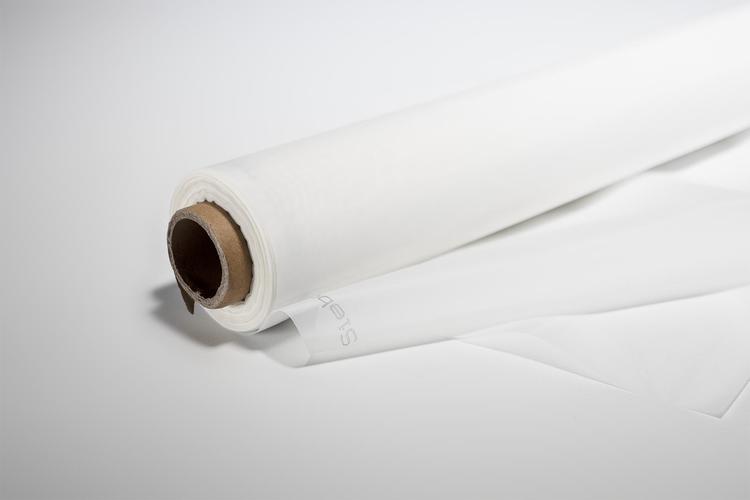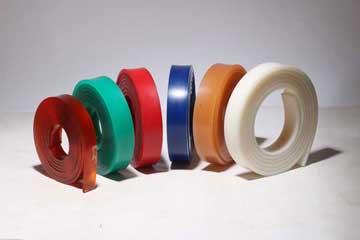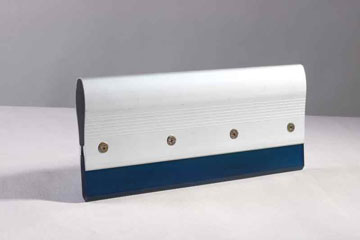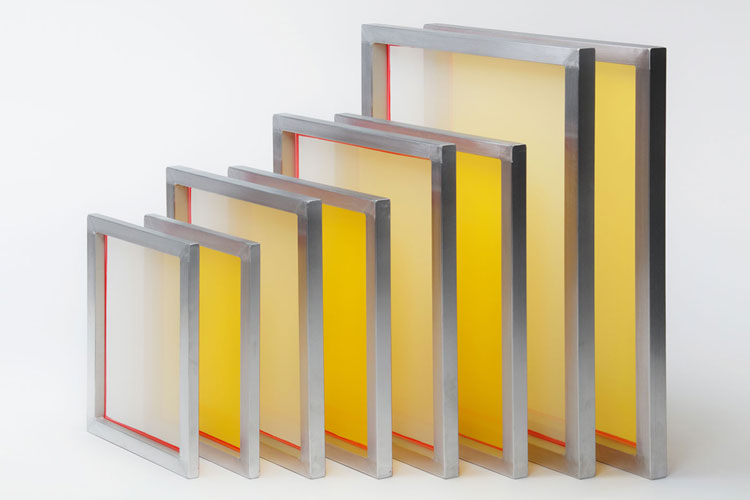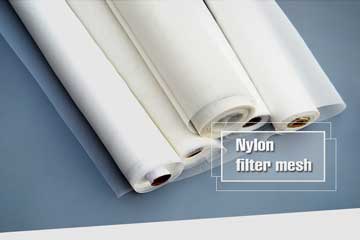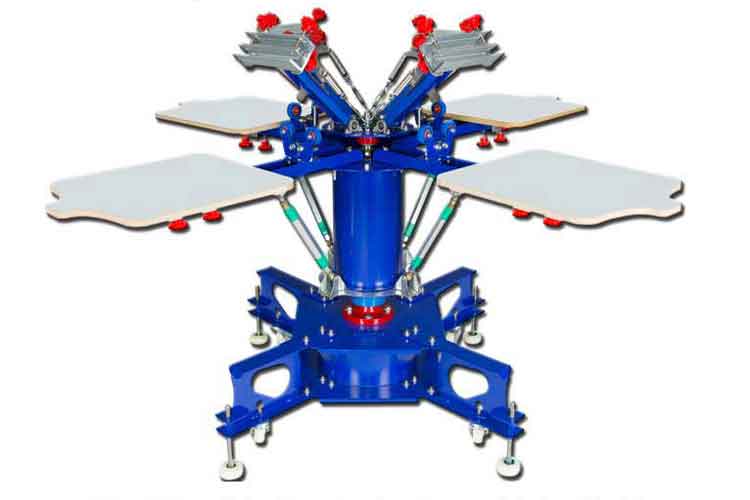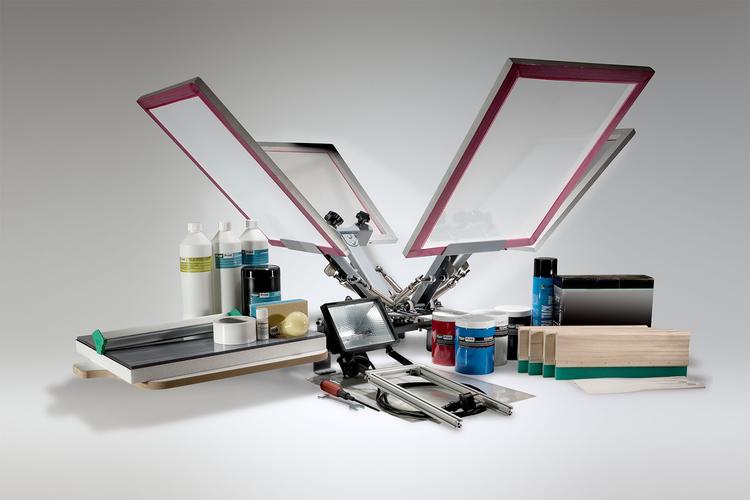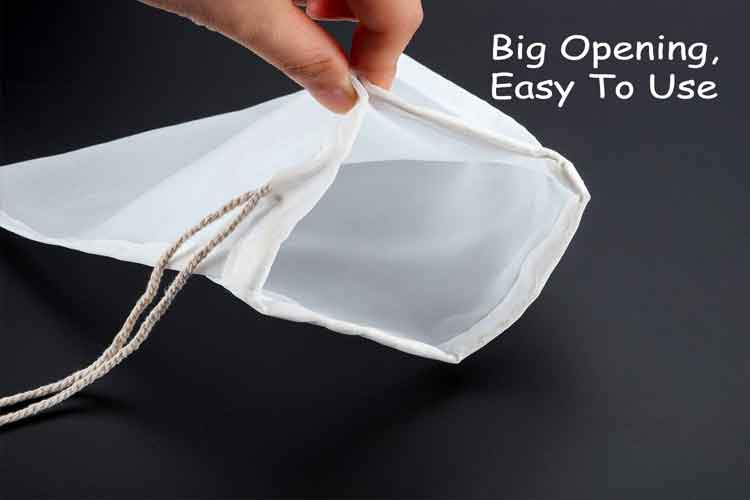Heavy‑Duty Solids Control with Size #3, 300 Micron Polypropylene Monofilament Mesh Liquid Filter Bag
The Size #3, 300 Micron Polypropylene Monofilament Mesh Liquid Filter Bag with Plastic “F” Flange Ring provides robust, high‑flow bulk solids removal in demanding industrial and commercial settings. Its precision mesh, durable welded construction, and sec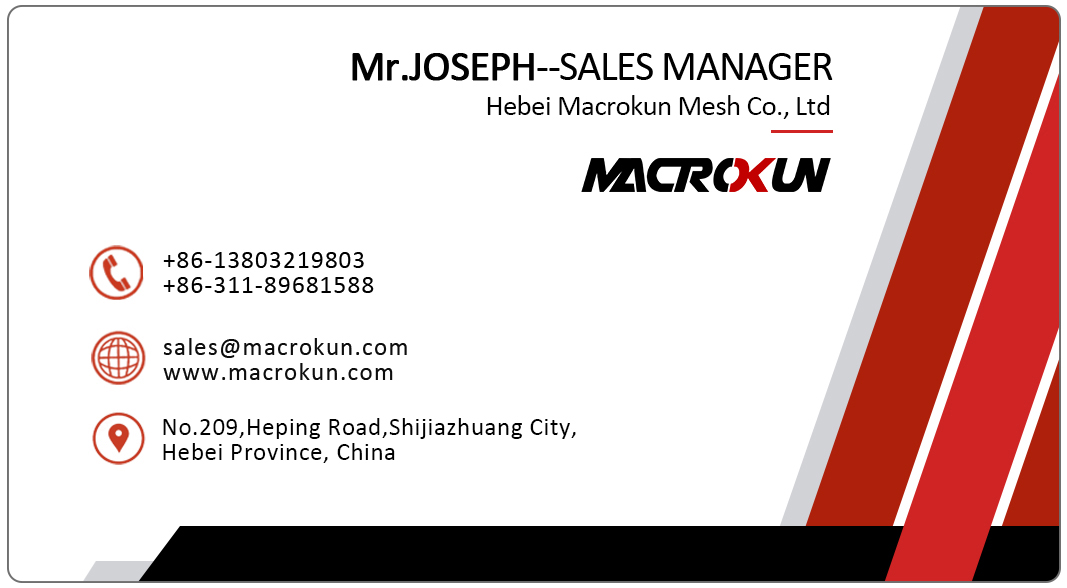
When your process demands robust removal of coarse particulates—sand, rust scale, weld spatter, or large sediments—a standard fine filter can clog instantly. Enter the Size #3, 300 Micron Polypropylene Monofilament Mesh Liquid Filter Bag with Plastic “F” Flange Ring. Engineered for high‑flow, heavy‑duty filtration, this bag excels at capturing particles down to 300 µm (0.3 mm) while sustaining minimal pressure drop and superior chemical resistance. Whether you operate a mining slurry line, an industrial rinse water system, or a large‑scale beverage transfer, this filter bag offers reliable protection for pumps, valves, and downstream media.
In this guide—modeled on a proven structure of market overview, product fundamentals, key features, selection advice, maintenance best practices, reasons to choose our offering, illustrative use cases, and actionable next steps—you’ll gain the insights needed to leverage Size #3, 300 Micron polypropylene monofilament mesh bags for optimal process uptime and product quality.
.jpg)
Market Overview: The Need for 300 Micron Bulk Filtration
Across industries, bulk solids removal at coarse micron levels is a critical first line of defense:
-
Protecting Equipment from Abrasive Solids
Large particles in cooling water, chemical lines, or washdown effluent can scour pump seals, erode piping, and block nozzles. A 300 µm filter bag defends against these threats. -
Maximizing Downstream Filter Life
Pre‑filtering out coarse debris prolongs the life of finer cartridges or reverse‑osmosis membranes, driving down consumable costs and maintenance labor. -
Ensuring Process Consistency
In paint lines, pulp baths, or fermenter transfers, uncontrolled sediments lead to inconsistent product quality. Coarse filtration delivers uniform feed streams. -
High‑Flow, Low‑Head Loss Requirements
Processes handling hundreds of gallons per minute demand filters that won’t starve pumps. Open‑area monofilament mesh ensures high throughput at minimal pressure differential. -
Broad Chemical Compatibility
Polypropylene monofilament resists acids, alkalis, solvents, and biological media—making it a go‑to choice for chemical processing, food and beverage, and wastewater applications.
Understanding these drivers illustrates why many operations standardize on 300 µm monofilament mesh bags in Size #3 housings for superior first‑stage filtration.
Understanding the Size #3, 300 Micron Monofilament Mesh Bag
A Size #3, 300 Micron Polypropylene Monofilament Mesh Liquid Filter Bag is a large‑format filter element designed to fit into 3‑bag or 4‑bag filter housings. Key design elements include:
-
Size #3 Dimensions: Nominal 7″ outer diameter and 32″ length (also available in 20″ for lower flow), fitting standard multi‑bag vessels.
-
300 Micron Mesh: Woven polypropylene monofilament strands create consistent 300 µm openings—capturing all particles larger than one‑third of a millimeter.
-
Plastic “F” Flange Ring: Rigid polypropylene collar molded to seal against housing ledge, preventing bypass and ensuring full bag utilization.
-
Woven Construction: Tight weaving pattern resists fiber migration and withstands high differential pressures (up to 75 psi), delivering reliable service in demanding environments.
Fluid flows from the outside of the bag through the mesh into the interior and out the bottom outlet. Coarse particles accumulate on the mesh surface, allowing easy cleaning or replacement without deep media plugging.
Key Features of the 300 Micron Polypropylene Monofilament Mesh Bag
When evaluating coarse filtration solutions, these features set our Size #3 monofilament bags apart:
1. Exceptional Flow Capacity
-
High Open Area: Monofilament mesh offers up to 60% open area, ensuring flow rates up to 100 GPM per bag with minimal ΔP.
-
Surface Filtration: Particles collect on the mesh face, preserving full interior flow area for continued operation.
2. Robust Polypropylene Media
-
Chemical Resistance: Polypropylene withstands pH 1–14, hot water to 180 °F, and most solvents, making it ideal for aggressive industrial streams.
-
Mechanical Strength: Monofilament strands resist abrasion and maintain integrity under cyclic load.
3. Precise 300 Micron Retention
-
Consistent Openings: Woven construction yields uniform particle retention, avoiding the variability of depth‑felt media.
-
Nominal Rating: Captures approximately 85–95% of particles ≥300 µm, balancing solids removal with sustained flow.
4. Leak‑Free F‑Flange Collar
-
Molded Seal: The rigid F‑flange collar locks into housing ledge, eliminating side bypass and ensuring fluid must traverse the mesh.
-
Quick Change: Snap‑in design accelerates bag swaps, reducing downtime in multi‑bag systems.
5. Durable Construction & Service Life
-
Thermally Sealed Seams: Ultrasonic welding produces seamless collars and bag bodies that resist unraveling and preserve mesh integrity.
-
High ΔP Rating: Withstands up to 75 psi differential, suitable for high‑pressure systems and backwashing.
6. Easy Maintenance & Replacement
-
Surface Cleaning: Coarse solids can be simply brushed or rinsed off for reuse in non‑critical, low‑risk applications.
-
Disposable Economy: For hazardous or high‑load streams, straightforward disposal avoids cross‑contamination.
These features ensure your initial solids barrier is both effective and reliable, protecting downstream components and preserving process uptime.
Choosing the Right 300 Micron Filter Bag
To select the optimal Size #3, 300 Micron monofilament mesh bag for your system, consider:
A. Flow Rate & Housing Configuration
-
High‑Flow Systems: Multi‑bag housings with three to six Size #3 positions deliver flows from 50 GPM to 600 GPM.
-
Space Constraints: Choose 20″ or 32″ lengths based on vessel height and desired surface area.
B. Solids Load & Particle Size
-
Heavy Debris Streams: 300 µm mesh excels at removing weld spatter, sediment, plant debris, and scale from washdown or recirculating loops.
-
Coarse Pre‑Filtration: Use ahead of finer cartridges (10–50 µm) to extend downstream element life.
C. Fluid Chemistry & Temperature
-
Industrial Chemicals: Polypropylene is compatible with most acids, alkalis, and solvents.
-
High‑Temperature Water: Resist up to 180 °F; for higher temps, consider alternative polymers.
D. Maintenance Strategy
-
Disposable Bags: Simplify operations by discarding used bags at changeouts.
-
Reusable Cleaning: In-house rinse or backwash for non‑hazardous, low‑risk fluids to cut consumable costs.
E. Housing Seal & Gasket Compatibility
-
F‑Flange Depth: Ensure collar height matches vessel support ring depth for full contact.
-
Gasket Material: Confirm housing gaskets (EPDM, Viton, PTFE) align with fluid compatibility needs.
By aligning your flow requirements, solids profile, chemical environment, maintenance approach, and housing fit, you’ll secure the best 300 µm filtration solution.
Maintenance and Best Practices
Proper upkeep maximizes bag performance and system uptime:
1. Monitor Differential Pressure
-
ΔP Gauges: Install gauges upstream and downstream. Rising ΔP indicates clogging; change or clean bags before ΔP reaches 20–25 psi.
2. Scheduled Bag Changeouts
-
Disposable Protocols: Replace at ΔP threshold or predetermined runtime intervals.
-
Reusable Cleaning: Rinse or backwash removed bags gently to avoid mesh damage; inspect for cuts or frays before reinstallation.
3. Disposal & Environmental Compliance
-
Non‑Hazardous Debris: Dispose in standard industrial waste.
-
Hazardous Solids: Follow local regulations for contaminated media handling.
4. Housing Maintenance
-
Clean Interiors: Wipe housing walls and support baskets at each bag change to remove settled debris.
-
Inspect Seals: Replace worn gaskets or O‑rings to maintain leak‑free operation.
5. Record‑Keeping & Optimization
-
Log Bag Lifespans: Track volume processed and ΔP at changeout to refine maintenance intervals.
-
Quality Checks: Periodically sample effluent for residual solids to validate bag effectiveness.
These practices ensure maximum service life, consistent process protection, and minimal unplanned downtime.
Why Choose Our 300 Micron Monofilament Mesh Bags
Our Size #3, 300 Micron Polypropylene Monofilament Mesh Liquid Filter Bags stand out through:
Premium Monofilament Media
-
High‑Purity Polypropylene: Uniform fiber strands deliver precise, repeatable filtration without fiber fallout.
Robust Welded Construction
-
Ultrasonic Seams: Seamless bag bodies and collars ensure structural integrity under high ΔP and heavy loads.
Precision F‑Flange Collars
-
Molded for Seal: Consistent flange dimensions guarantee bypass‑free fit in all standard Size #3 housings.
High Flow, Minimal ΔP
-
Optimized Weave: Balances open area and mechanical strength to sustain flow rates up to 100 GPM per bag at ΔP < 5 psi.
Wide Chemical & Temperature Range
-
Process Compatibility: Resistant to pH extremes, hot water, and many solvents—suitable for most industrial fluids.
Versatile Disposable & Reusable Lines
-
Disposable Economy: Cost‑efficient single‑use bags for sanitary or hazardous streams.
-
Washable Options: Premium mesh tolerates gentle cleaning cycles for multiple use cases.
Rigorous Quality Assurance
-
Batch Testing: Each lot undergoes dimensional, flow, and retention efficiency validation to ensure consistency.
By choosing our monofilament mesh bags, you protect downstream assets, maintain fluid quality, and optimize operational costs.
Illustrative Use Cases
Use Case 1: Industrial Washdown Return
A metalworking facility filters reclaim water from floor washdowns loaded with metal shavings and grinding swarf. Installing 300 µm mesh bags in a 4‑bag housing protected recirculation pumps and reduced cartridge filter replacement by 70%.
Use Case 2: Fruit Juice Clarification
A beverage producer uses 300 µm monofilament bags to remove pulp and seeds before finer polish filtration. The smooth mesh facilitated rapid bag changeouts during peak production, maintaining consistent throughput.
Use Case 3: Cooling Tower Makeup Water
An HVAC service installed 300 µm bags ahead of cooling tower fill lines, trapping leaf litter and insect debris. This pre‑filtration extended chemical feeder life and prevented fouling in nozzles.
Use Case 4: Ceramic Slurry Recycle
A ceramics manufacturer recirculates glaze slurry through 300 µm filters to remove sand particles, protecting spray guns from abrasion and ensuring uniform coating thickness.
These examples demonstrate the broad applicability and ROI of Size #3, 300 Micron monofilament mesh filtration.
Summary and Next Steps
The Size #3, 300 Micron Polypropylene Monofilament Mesh Liquid Filter Bag with Plastic “F” Flange Ring provides robust, high‑flow bulk solids removal in demanding industrial and commercial settings. Its precision mesh, durable welded construction, and secure flange collar deliver predictable performance, low pressure drop, and straightforward maintenance.
Next Steps:
-
Assess Your Filtration Needs: Define flow rates, solids profiles, and chemical environment.
-
Select the Correct Bag: Confirm Size #3 housing compatibility, 300 µm mesh rating, and disposable or reusable preference.
-
Implement Maintenance Protocols: Install ΔP monitoring, establish changeout intervals, and maintain housing seals.
-
Optimize Your System: Position 300 µm pre‑filters ahead of finer cartridges or membranes to maximize overall filtration efficiency.
-
Measure Impact: Track equipment uptime, consumable usage, and product quality improvements to validate your investment.
By integrating these high‑performance monofilament mesh bags into your filtration train, you’ll secure cleaner fluids, protect critical assets, and achieve greater operational efficiency—driving tangible benefits across your enterprise.
Pre:Unlock Precision Filtration with Polypropylene Monofilament Mesh Liquid Filter Bags
Tags:
